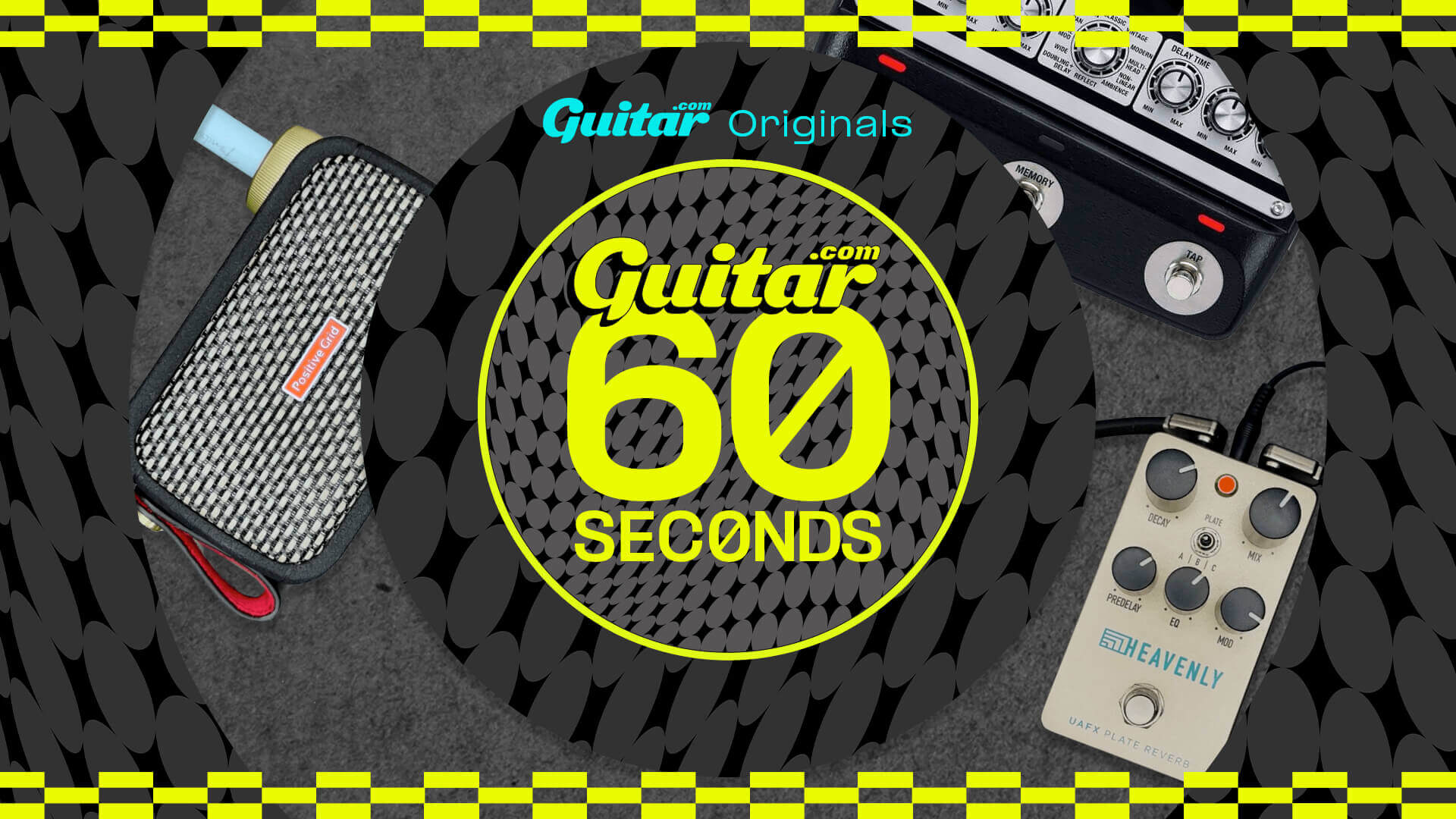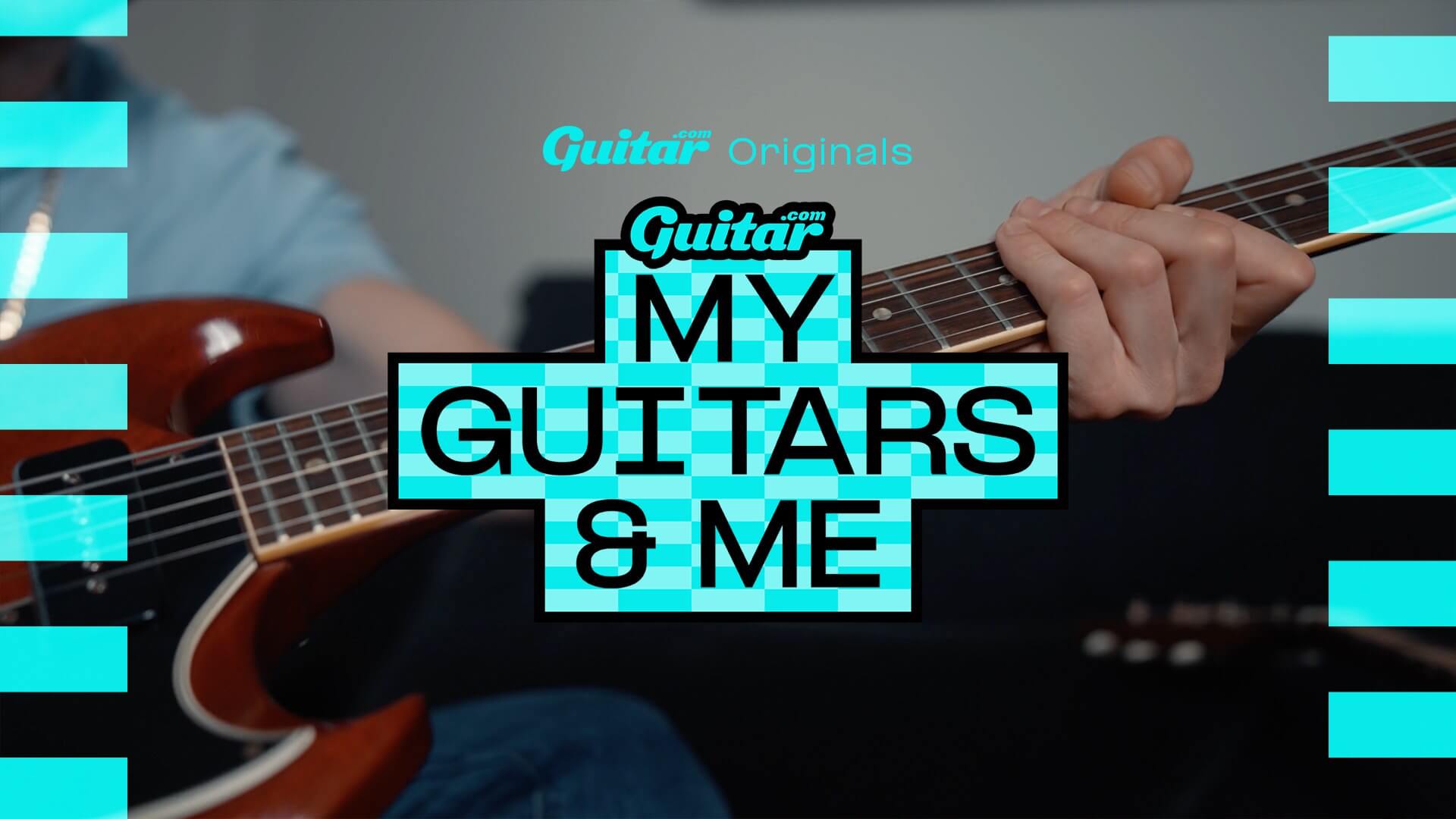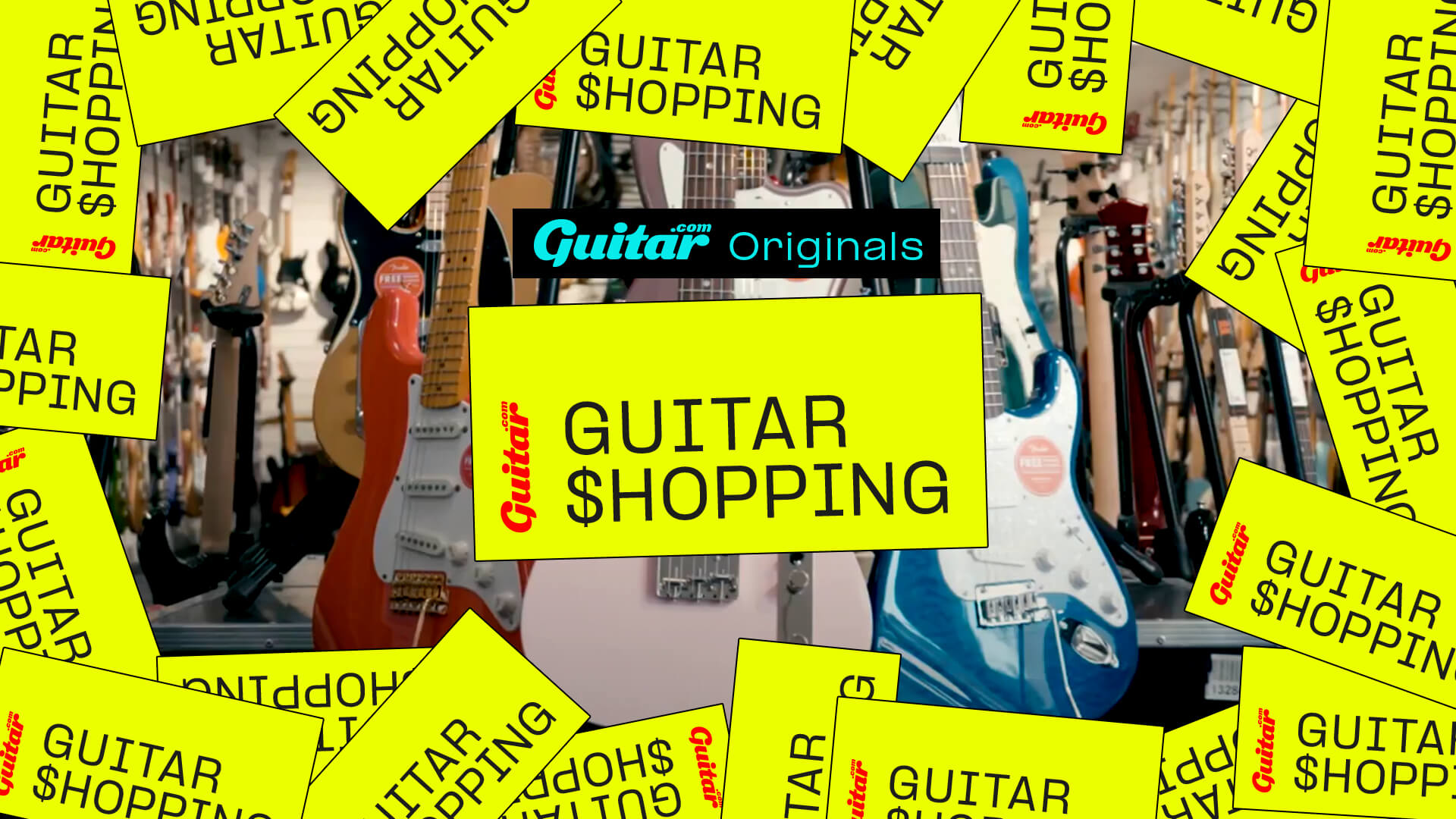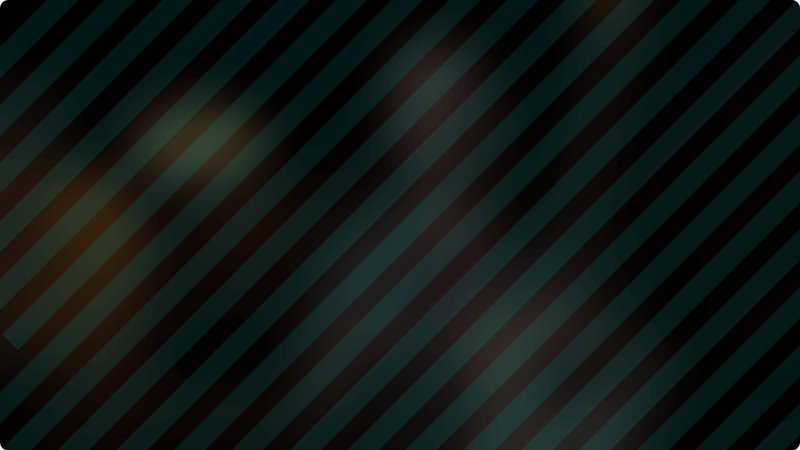The Humble Gear Used By Kurt Cobain on Nirvana’s ‘Nevermind’
Despite having a major label advance burning a hole in his pocket, Kurt’s guitar shopping spree was relatively restrained, and focused on modded weird Fender guitars.
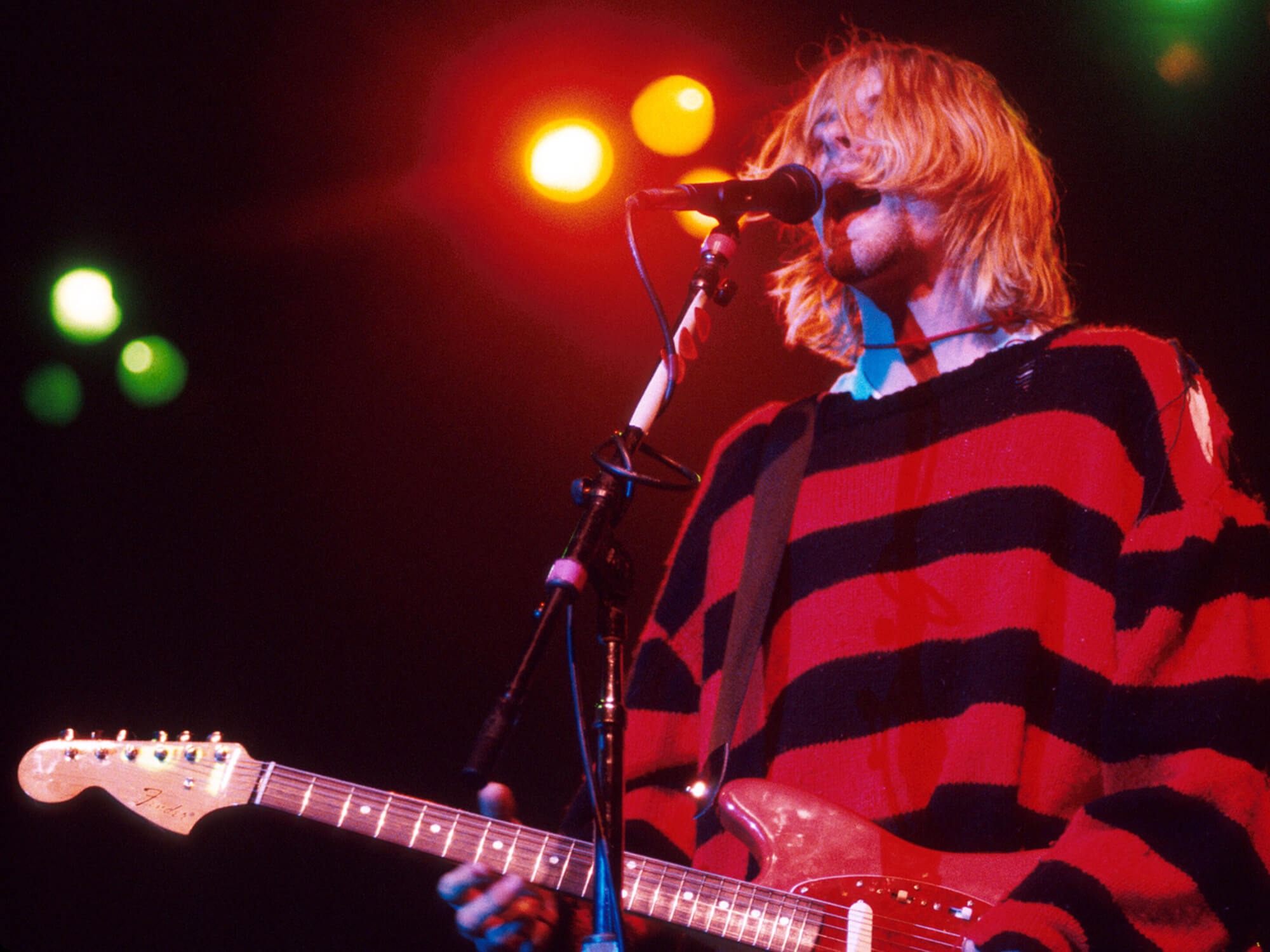
Kurt Cobain of Nirvana. Image: KMazur/WireImage via Getty Images
Nirvana’s landmark album Nevermind made such a massive and indelible impact on the music industry that is still felt to this day – it’s the same story with the gear choices Kurt Cobain made in recording this all-time record.
When Nirvana signed onto the major label DGC Records, it came with certain perks that previous indie Sub-Pop simply couldn’t offer. The most important perk, in terms of gear, was the advance. The band got a $287,000 advance from DGC Records that had to be paid back out of future royalties. This dwarfed the recording budget for the album, which was only $65,000. They actually could have easily negotiated a bigger advance, as many bands did back in those days, but they wisely opted for a larger percentage of sales instead.
This turned out to be a pretty good move, in retrospect, because even in 2013 (the last year I could find data), Nirvana’s album and singles sales were still making an estimated $4.4 million per year.

Guitars
So the band took the advance and went shopping for gear. Kurt, specifically, went to a shop in Tacoma Washington called Guitar Maniacs, where he purchased a flurry of Fender, and Fender-inspired instruments. These primarily consisted of Stratocasters (and Japanese Strat-style guitars) all of which featured humbuckers in the bridge position. Some of these were used in the studio and on subsequent live performances but Kurt’s primary guitars in the studio were his 1969 Lake Placid Blue Competition Mustang, and 1965 sunburst Fender Jaguar.
The Mustang was pretty much stock – just as it was when it sold for $4.5 million at auction – aside from a Stewart MacDonald Gotoh Tune-O-Matic that was added after the recording of Nevermind. Cobain’s tech, Earnie Bailey, also replaced the original bridge pickup with a Duncan Hot Rails Humbucker in early 1992, again, after the recording of the iconic album. That guitar was purchased from Voltage Guitars in Los Angeles circa 1990-1991.
The Jaguar, on the other hand, was heavily modded with a Schaller bridge, a Gibson style toggle in place of the on/off phase switches, and full-sized humbuckers in the bridge and neck positions. The neck was a DiMarzio PAF and the bridge was a DiMarzio Super Distortion (during the In Utero Tour, the bridge humbucker would be replaced by a Seymour Duncan JB) – the guitar was already modded when Kurt purchased it from an ad in the LA Recycler.

Cobain used a Black Strat which featured a full-sized black humbucker in the bridge on the recording of the album’s closing song, Endless Nameless. The guitar had a chrome Tune-O-Matic bridge and stop tailpiece – a somewhat odd bridge for a Fender guitar. Cobain ended up smashing this guitar at the end of the song. It was later fixed up and now resides with the Hard Rock Café.
As for the acoustic tracks on the album, Polly and Something In The Way (and a demo version of Lithium) were said to have been recorded on a 12-string Harmony Stella that had been strung up with five nylon strings that were allegedly were never changed. The strings were tuned down a step and a half from E. That guitar was purchased from Edgewater Pawn Shop for $29.00 plus $2.23 in sales tax, on 12 October 1989 (we know this because the receipt has been made public), when Kurt was living in Olympia, Washington. Here’s a fun fact, Polly was the only song on the album not recorded at Sound City – it was recorded at Smart Studios in Madison, Wisconsin.
Cobain’s use of the cheap Stella was most likely because of his fondness for blues legend Lead Belly. Cobain and Mark Lanegan had planned to record an entire album of Lead Belly covers, which is where Cobain’s version of Where Did You Sleep Last Night came from.
According to the Lead Belly estate, two months prior to Cobain’s death, he was in negotiations to buy Lead Belly’s Harmony guitar for $300,000, plus his favorite Jaguar, and his MTV Award, which would have made it the most expensive guitar ever sold (the value was $350,000), at the time.

Effects & Amps
As for effects and amplifiers, we know Cobain used a DS-1 Distortion and Small Clone. According to a Guitar World interview with Butch Vig, the Small Clone was used to achieve “the watery guitar sound you hear on the pre-chorus build-up of Smells Like Teen Spirit and also Come As You Are.” Furthermore, Vig stated that an Electro-Harmonix Big Muff fuzz box was used on Lithium for that “dark, thumpier sound.” A ProCo RAT distortion pedal was also allegedly used on some songs on the album.
In the same interview, Vig shed some light on the amplifiers that were used as well, “Kurt had a Mesa/Boogie, but we also used a Fender Bassman a lot, and a VOX AC30 on Nevermind.” This was somewhat similar to his live setup on the subsequent tour, where Cobain used a Mesa/Boogie Studio preamp, along with a Crown power amp, through Marshall 4×12 cabinets. In the studio, the AC30 was used for most of the clean parts you hear.
Another piece of gear that had a big influence on the sound of the album was the Neve 8078 console that was at Sound City – a console that recorded dozens of iconic albums both before and after Nirvana recorded Nevermind there. In fact, that was part of the reason they went to Cannon Falls, Minnesota in the dead of winter to record their follow-up album, In Utero – they also had an 80-series Neve console at the time.
All this gear, combined with the immense talent within the confines of Nirvana resulted in what is perhaps one of the most influential albums of all time. Even today, that album inspires young men and women to pick up an instrument and learn to play. The relatively cheap gear that was used on that record functioned as a vessel for Cobain’s powerful songwriting to show through.
